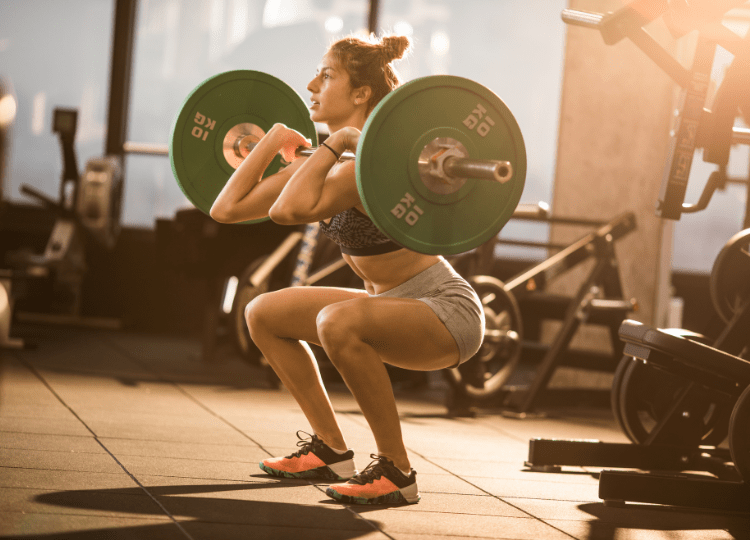It is often the case that when runners want to get better at running, their go-to solution is to do more running. Whilst this is obviously an important part of the process, by neglecting other types of training, they are leaving a lot of potential gains on the table.
Why strength training?
Like all exercise, running is powered by muscles. Therefor it stands to reason that if you strengthen these muscles, you will be able to run faster and further. As running is a cardio exercise, although it improves your overall fitness, it won’t increase the size of your leg muscles. For this, you will need to introduce elements of strength training to target those parts of the body that will propel you forward at a greater speed and enable you to keep going longer.
Although when you enter the gym as a runner, it might seem more natural to head for the exercise bike for more cardio work, you should really be picking up the free weights instead.
There are numerous advantages to strength training to improve all aspects of your running.
Improved running economy – The secret to stamina is to be efficient with the amount of oxygen your body uses during exercise. The less oxygen you use, the less energy you use and the longer you can keep going. Strength training will improve your running economy.
Increase explosivity – Running power comes from the glutes and the hamstrings. By targeting these with strength training exercises, you can improve your acceleration and overall speed.
Strengthens tendons and ligaments – This equates to you being less likely to injure yourself.
Which strength training exercises should runners do?
Squats – The ultimate all-round lower body exercise. Squats will work glutes, core adductors, calves and hamstrings. Goblet squats with a dumbbell or kettlebell are a great choice, but even if you have no equipment, a body weight squat is still capable of making you feel the burn.
Planks – Another exercise everyone loves to hate, but for building up the core it is unbeatable. A strong core equals good running form, so it needs to be part of your routine.
Skull crushers – An alarming name for laying on your back and lifting a weight back over your head. This works the shoulders and upper back.
Box jumps – At the more adventurous end of the spectrum, there are box jumps. This is an example of plyometric exercise, which helps to build explosive power for increase acceleration.
What weight should you lift?
This is a tricky question as it depends on many factors, but it is always a good idea to start with just body weight until you have perfected the form. Then weight can be introduced and gradually increased as you get more comfortable with the movements.
